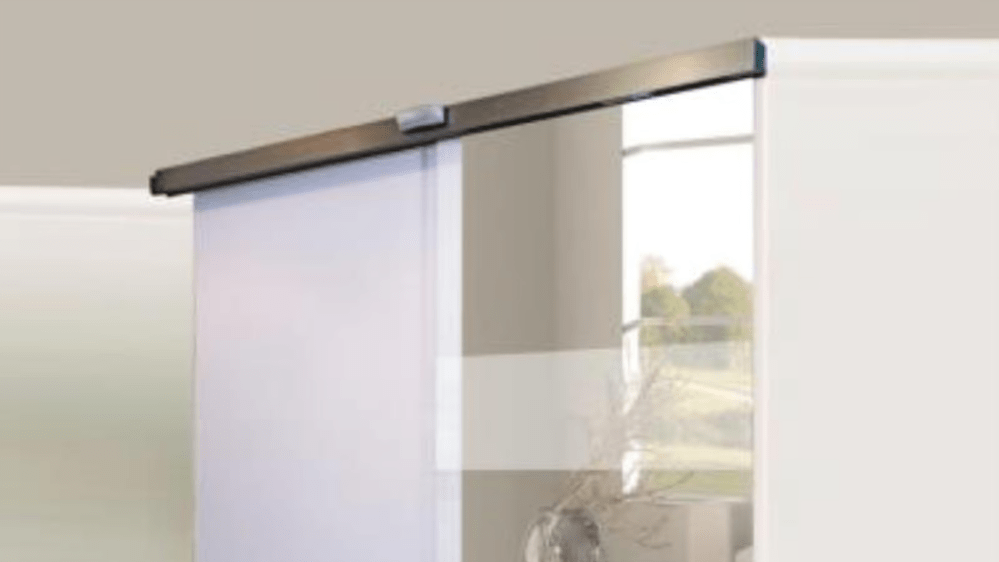
Opening Doors to Efficiency: Exploring Automatic Door Systems
Have you seen the doors in huge buildings like malls and supermarkets? You might have noticed that they don’t need to be pushed or pulled to open. They are known as automatic doors. The use of automatic doors has progressed on a large scale since their introduction in the 1950s. With several big commercial buildings using them, automatic doors have transformed how we enter or exit a building.
This article will examine how automatic doors work, their types, and their benefits. Further, we’ll discuss a few tips on choosing the right automatic door for your needs.
How Do Automatic Doors Work?
What is the mechanism behind the automatic doors? Here are the three elements that make the working of automatic gates possible.
-
Sensors
Automatic doors depend heavily on sensors to function. The sensors allow the doors to open and close when someone comes within range. In automatic door systems, there are several sensors. Here are a few of them:
- Infrared Sensors
- Motion Sensors
- Pressure Sensors
- Beam Sensors
When these sensors detect motion, pressure, or light, they send signals to the control system to open the door.
-
Control Systems
The functioning of an automatic door lies in its control system. The control system receives signals from the sensors and sends them to the door operator. Control systems can be adjusted based on the door. By doing this, you can adjust the door’s speed and the time for how long the door is opened for one entry.
-
Door Operator
A door operator is a device that opens and shuts the door. Once the sensor activates the door to open, the door operator begins its functioning per the mode set.
Types of Automatic Doors
There are two major types of automatic doors. These automatic doors are the modern version of traditional doors. Let’s discuss them.
Automatic Sliding Doors
Automatic sliding doors are frequently seen in business establishments such as shops, terminals, and lodgings. They smoothly move on a track and typically consist of two or more panels that slide past one another. The operator uses a belt or chain drive. It moves the automatic sliding door along a track. There are several types of automatic sliding doors. They are:
- Heavy-duty sliding doors
- Linear magnetic sliding doors
- Semi-automatic sliding door
- Single or Bi-parting automatic sliding doors
- Telescopic automatic sliding doors
Automatic Swing Doors
Swing doors suit smaller retail businesses, schools, and medical facilities. These doors are designed to swing open and closed towards the inside or outside. Push buttons, access control systems, or sophisticated sensors like infrared or motion detectors are just a few ways they can be operated. The swing door operators use a mechanical arm to operate the door.
Are Automatic Doors Safe To Use?
Automatic doors give more control while reducing safety threats. Thanks to the sensors installed, you don’t have to worry about the sudden closing when someone walks by the door. These sensors detect if someone is coming close to the door and signal the control system to stop. They are also simple to switch on and off, allowing you to manage who has access to your shop.
The operation of automatic doors necessitates the collaboration of sensors, door operators, and control systems. These elements work together to offer safe and easy transit for people and goods. Therefore, automatic doors are very safe to use.
Benefits of Automatic Doors
The primary benefit of automatic doors is that they replace traditional doors. Traditional doors require manual strength to open or close the door. It can sometimes cause damage to the door or neighbouring objects if the door is opened fastly.
Let’s discuss the other benefits of automatic doors.
Hygiene
Automatic doors are a hands-free solution that prevents the spread of microbes and bacteria. They are of great help, especially after Covid-19.
Accessibility & Convenience
Automatic doors provide access to physically-challenged and older people. Also, they are convenient for individuals with strollers and children, individuals using shopping carts and many others who have their hands full on the go.
Flow Rate
In busy public spaces, such as stadiums, automatic doors help facilitate traffic and allow crowds to enter a space without overcrowding and congestion.
Energy Saving
Automatic doors close themselves when not in use, preventing people from leaving doors open and decreasing the cost of temperature control.
Things to Consider When Choosing the Right Automatic Door
When choosing the right automatic door, consider the following aspects.
Traffic Volume
You should first consider the number of people accessing your building. High-volume areas such as malls, airports, and huge office complexes often benefit from sliding automatic doors, which can handle a continuous flow of people. Swing doors might suit areas with lower traffic or residential properties.
Cost
Consider the initial purchase and installation costs when choosing an automatic door. You should also think about the long-term costs like maintenance costs and repairs.
Maintenance and Durability
Depending on the door type, different automatic doors require different maintenance levels. While some doors require expert maintenance, others require periodic cleaning. You should also check the door’s durability, especially if you want to place it in high-traffic areas with high chances of wear and tear.
Space
The available area can also decide the type of automatic door to install. Sliding doors are excellent for areas with limited space because they do not swing outward or inward. On the other hand, swing doors or folding doors might be appropriate for wider entrances.
Design
The automatic door system should complement your building’s overall design and architecture. For example, installing an automatic sliding door would be best if your building has modern office glass partition. In general, automatic doors come in various styles, materials, and finishes, so you can choose one that best fits your building’s aesthetics.
Conclusion
In conclusion, automatic door opening system can be adapted to various property types, making them a perfect choice for commercial and residential settings. By understanding the advantages and different variations of automatic door systems that are currently available, you can make an informed decision when choosing these innovative solutions for your property.



